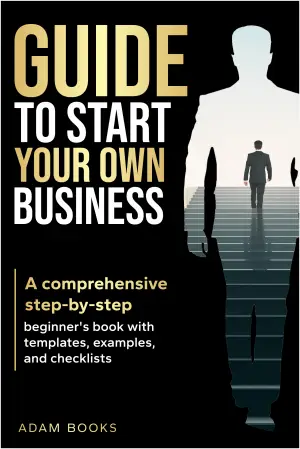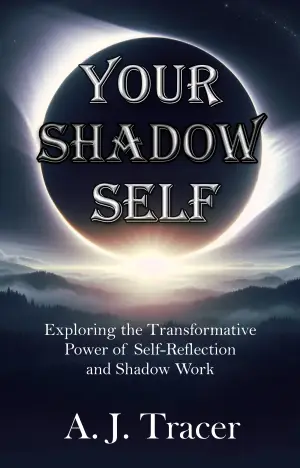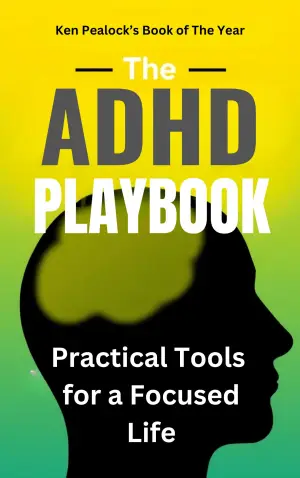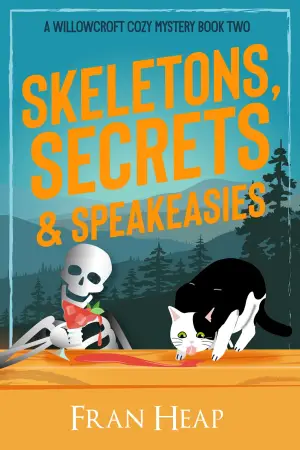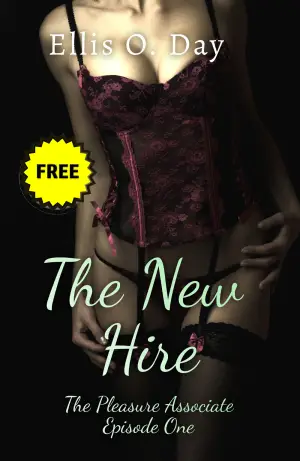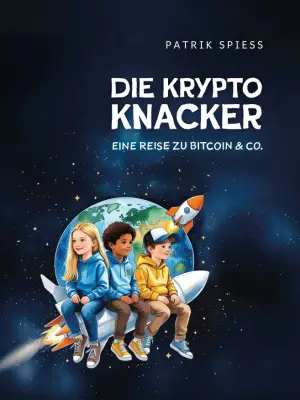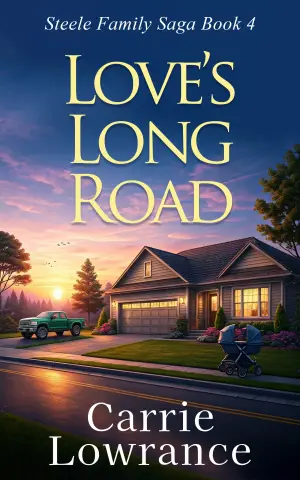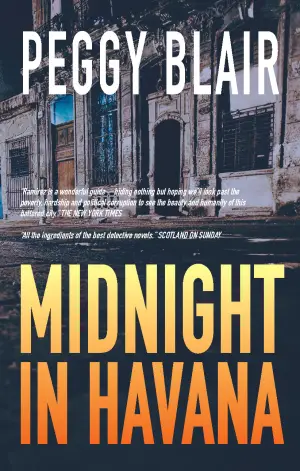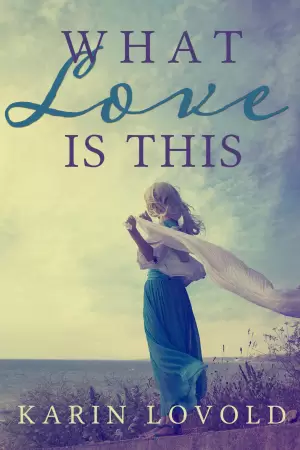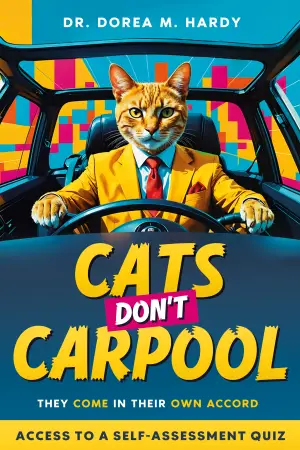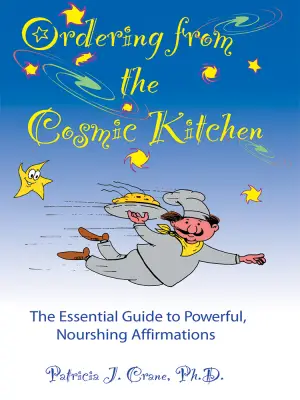One Last Stop: A Love Letter to the Q Train—or Is It?
As a bisexual nonwhite New Yorker with roots in Flatbush, I was genuinely intrigued when I picked up Casey McQuiston’s One Last Stop. I approached this romantic time-travel narrative hoping to experience the vibrant fabric of NYC, particularly the Q train, a line that transports me through both my past and present. However, what unfolded was less a heartfelt tribute and more an exercise in frustration.
From the outset, it’s clear that McQuiston aims to create a magical, swoony romance set against the backdrop of New York City’s underground labyrinth. The premise—a young woman, August, who finds love with Jane, a punk from the 1970s—promised both nostalgia and nuanced explorations of queer history. Instead, what I encountered was an oversimplified portrayal of a city I know intimately, complete with glaring inaccuracies about the very subway system meant to serve as an anchor for the narrative.
August’s journey through Flatbush and the Q train had the potential to be an anthem for local riders like myself, yet significant details about my beloved neighborhood and its complexities felt overlooked. Flatbush isn’t just another stop on the map; it’s a rich tapestry woven with diverse cultures and histories. McQuiston’s portrayal—while colorful—misses the mark, opting for a version of NYC that feels more like a movie set than a living, breathing community. For instance, her description of Parkside station as above-ground was baffling, especially since the very existence of the station’s design holds historical significance to our community.
The writing often glosses over critical elements that define Flatbush. Sure, we got a brief mention of a Popeye’s, but where was the acknowledgment of our deep-rooted West Indian-American community or the vibrant spaces like Prospect Park? By focusing on a whimsical narrative and faint echoes of gentrification without grounding, McQuiston misses the opportunity to engage with real struggles occurring in neighborhoods like mine.
What’s more disheartening is the construction of the plot around a fictional pancake house while real issues of gentrification and community erasure are merely sketched alongside it. The story feels like a third-party observation rather than a local’s heartfelt contribution. August’s casual references to finance workers during her commutes only deepened my desire for authenticity; if she’s traveling deeper into Brooklyn, where are these commuters really coming from?
That said, I found myself rooting for Jane. Her punk rock energy and backstory offered glimmers of what the narrative could have embodied—rich character development tied more closely to the realities of queer history. Their relationship had the potential for deeper exploration into the struggles of queer lives, but it often felt relegated to a backdrop of whimsical interactions instead.
Ultimately, One Last Stop resonated as more of a breezy fantasy for those unfamiliar with the real NYC landscape, rather than an authentic homage to the landmarks that shape our lives. It could serve as a fun escape for readers who aren’t entrenched in the city’s reality, which I suppose is a significant audience. However, for those of us who see our neighborhoods reflected in the grime and glory of our subway rides, it feels dismissive.
In the end, this book felt more like an outsider’s love letter to NYC without the depth or specificity that many of us hold dear. As McQuiston navigates these train lines, perhaps she could take a moment to dig deeper into the communities she’s depicting. After all, Flatbush is not just a location for whimsy; it is home, rich with stories begging to be told.

